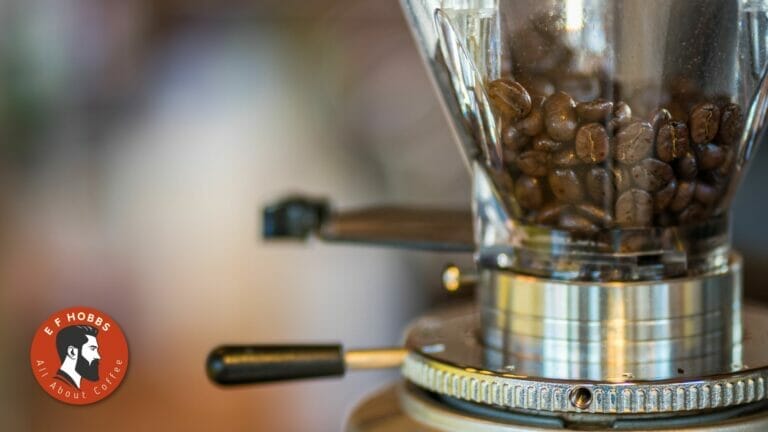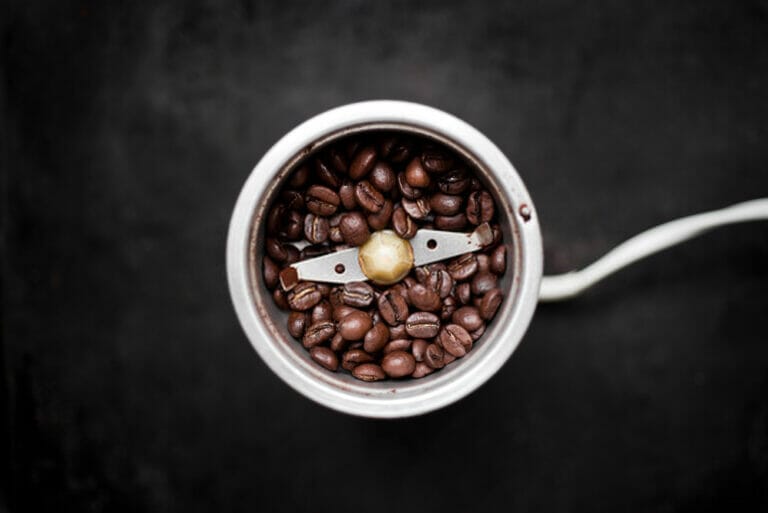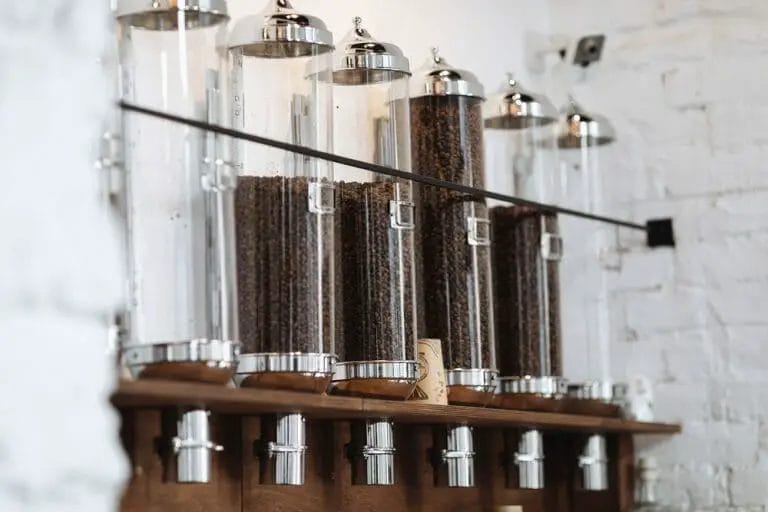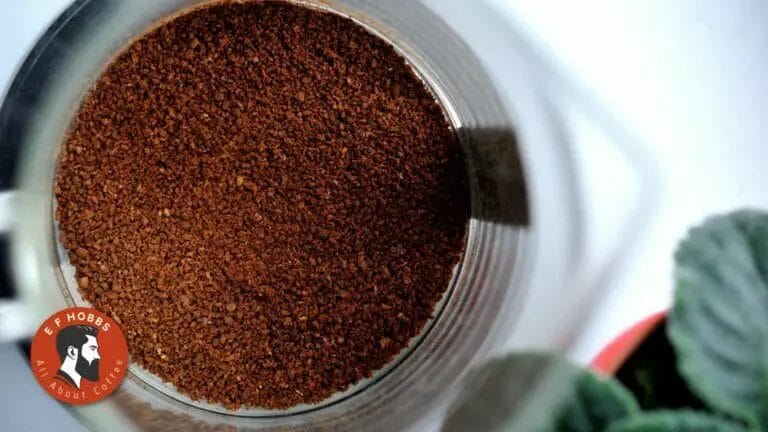Burr VS Blade Coffee Grinders: Which Is Better? What Are The Types?
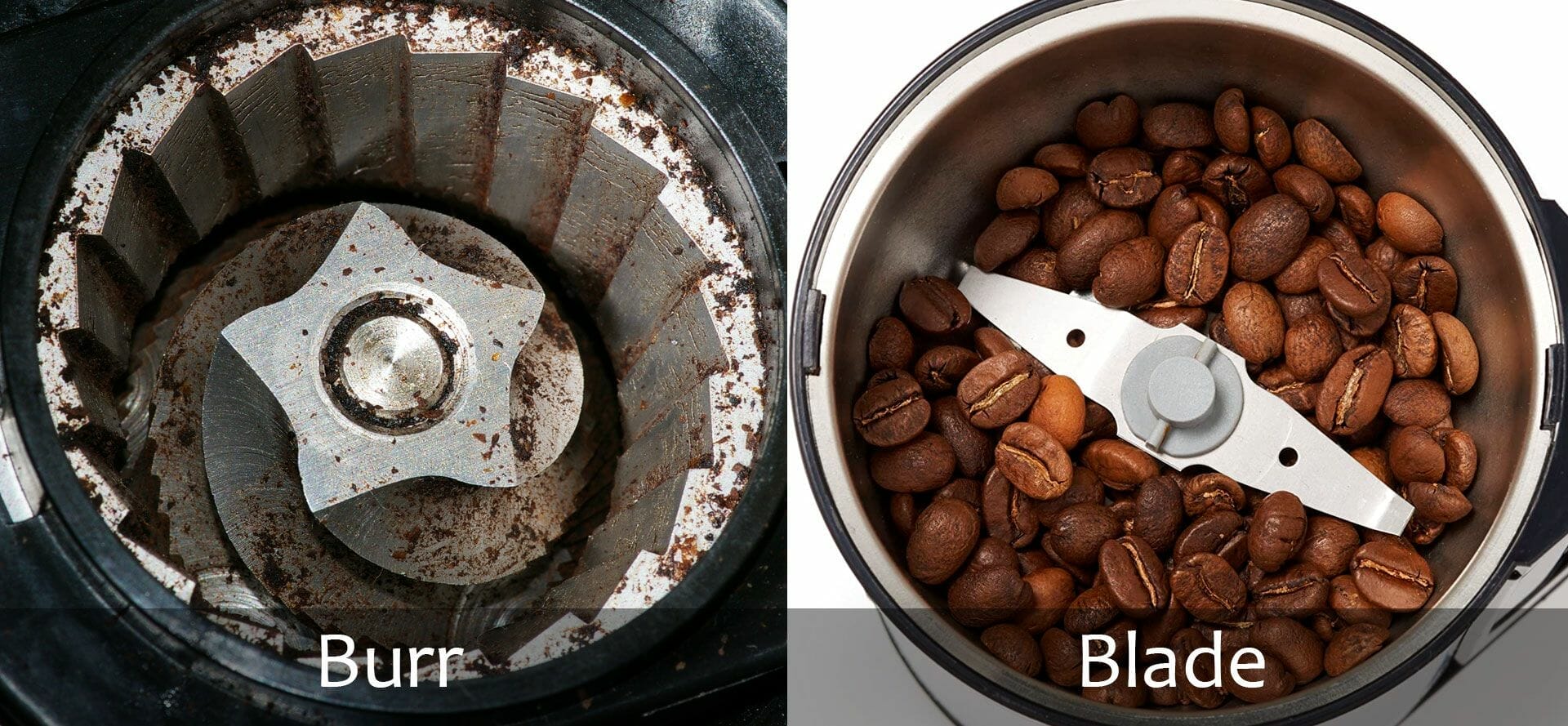
Coffee lovers are always on the lookout for the perfect cup of coffee, and one of the most important factors in achieving this is choosing the right coffee grinder.
There are two main types of grinders on the market today: burr and blade grinders.
While both have their advantages and disadvantages, it ultimately comes down to personal preference and specific needs.
In this article, we will delve into the working mechanisms of both burr and blade coffee grinders.
By understanding how each type operates, you can make an informed decision about which one is right for you.
We will also compare the two types in terms of performance, ease of use, maintenance requirements, and cost.
Whether you’re a novice or an experienced barista, this article will provide valuable insights to help you choose a coffee grinder that meets your needs perfectly.
| Feature/Factor | Burr Grinder | Blade Grinder |
|---|---|---|
| Grind quality | More consistent grind size, which results in better flavor extraction. | Less consistent grind size, which can lead to over- or under-extracted coffee. |
| Speed | Slower, but more efficient. | Faster, but less efficient. |
| Noise level | Quieter. | Noisier. |
| Price | More expensive. | Less expensive. |
| Durability | More durable. | Less durable. |
| Versatility | More versatile, as you can grind coffee for different brewing methods. | Less versatile, as you are limited to a single grind size. |
| Grind Consistency | More consistent grind size due to burr design | Inconsistent grind due to blade spinning at high speeds |
| Price Range | Generally more expensive than blade grinders | More affordable than burr grinders |
| Noise Level | Tends to be quieter during operation | Can be quite loud during the grinding process |
| Grinding Speed | Slower due to burr design but offers greater control over grind size | Faster due to blade design but lacks control over grind size |
Key Takeaways
- Burr grinders offer more control and higher quality coffee, while blade grinders are more affordable and portable.
- Burr grinders have adjustable settings for preferred brewing method and offer more uniformity and durability.
- Blade grinders can overheat grounds, affecting flavor and aroma, while consistent maintenance is crucial for blade grinders.
- Choosing a grinder depends on budget, grind consistency, and personal preferences, with brand reputation important for quality and longevity.
Working Mechanism of Blade Coffee Grinders
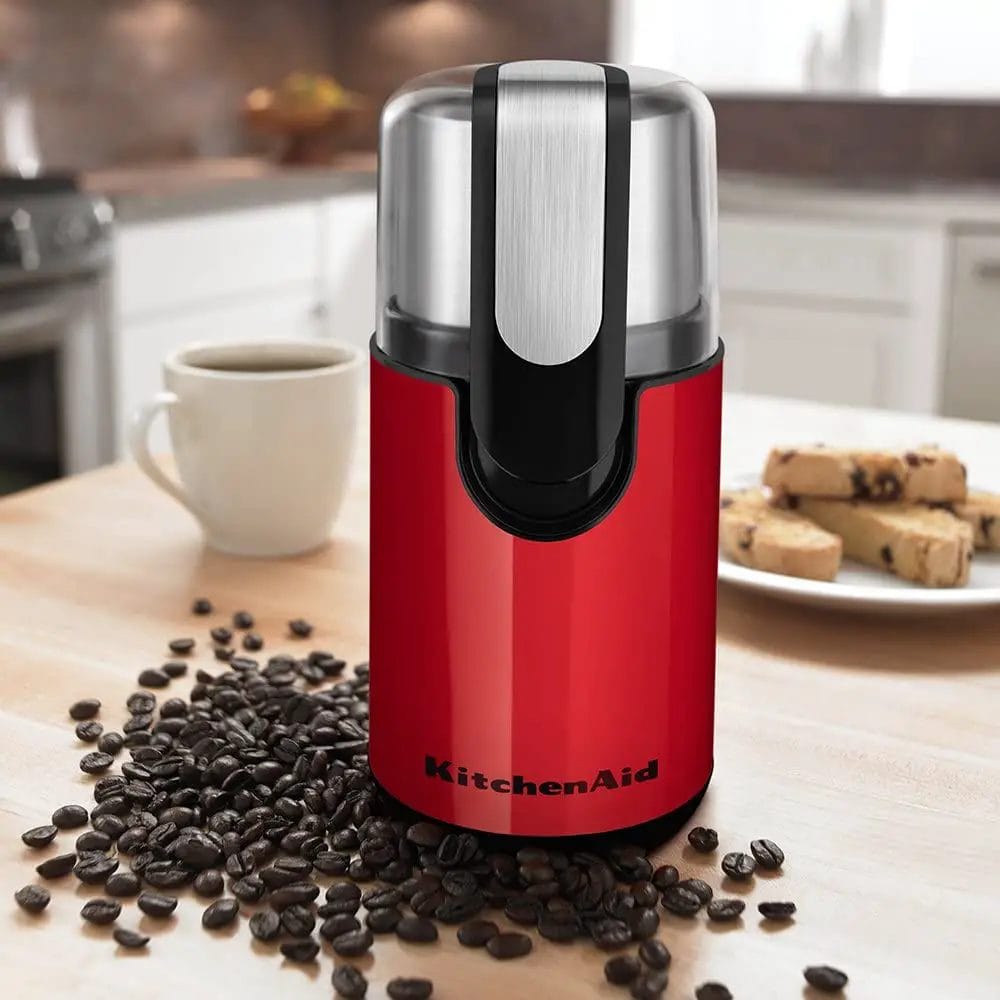
The working mechanism of blade coffee grinders involves the use of sharp, stainless steel blades that rotate at high speeds to chop coffee beans into grounds.
This mechanism results in inconsistent particle sizes, as the grinding time determines the grind size.
Shorter times produce coarser grinds, while longer times result in finer ones.
However, inconsistency is a common issue with blade grinders due to their chopping method.
One advantage of blade coffee grinders is their affordability compared to burr grinders. They also tend to be more compact and portable, making them ideal for those who enjoy camping or traveling.
However, they can overheat coffee grounds during the grinding process, which negatively affects the flavor profile and aroma of the coffee.
Additionally, consistent maintenance is crucial to avoid dulling or damaging the blades and ensure optimal performance.
Regular cleaning and replacement of worn-out parts are essential for maintaining a blade grinder’s functionality and prolonging its lifespan.
Working Mechanism of Burr Coffee Grinders

Through a mechanism that utilizes abrasive surfaces, burr coffee grinders are able to grind coffee beans into consistent sizes for optimal flavor extraction.
The two types of burr grinders are conical and flat; however, both work similarly by crushing the beans between two burrs.
Conical burrs tend to be more expensive due to their precision and consistency in grinding, while flat burrs are often found in commercial settings.
One advantage of using a burr grinder is the ability to adjust the grind size for different brewing methods, from coarse for French press to fine for espresso.
This allows for better control over the extraction process and ultimately results in a higher quality cup of coffee.
However, one disadvantage of using a burr grinder is its bulkiness and higher price point compared to blade grinders.
Overall, if you prioritize consistent grind size and control over your coffee brewing process, investing in a quality burr grinder may be worth it for you.
Comparing Burr and Blade Coffee Grinders
Comparing the grind consistency, brewing impact, durability, and maintenance requirements of burr and blade grinders reveals key differences that can inform a decision on which option best suits individual coffee preferences and needs.
Burr grinders use two serrated plates to crush beans into uniform particles. This mechanism results in a more consistent grind size, which is crucial for specialty coffees that require precise extraction times.
Additionally, burr grinders have a range of settings that allow users to adjust the particle size according to their preferred brewing method.
In contrast, blade grinders chop beans with sharp blades at high speeds resulting in uneven particle sizes.
This inconsistency can negatively affect the coffee’s flavor as some particles will over-extract while others under-extract during brewing.
However, blade grinders are less expensive than burr grinders and require less maintenance since they have fewer parts to clean.
A price difference analysis must be done before deciding on which grinder type is suitable for one’s budget and lifestyle as each has its own unique benefits and drawbacks regarding grind consistency comparison, price difference analysis, maintenance requirements.
| Feature | Burr Grinder | Blade Grinder |
|---|---|---|
| Grind Consistency | Consistent | Inconsistent |
| Brewing Impact | Better | Worse |
| Durability | More Durable | Less Durable |
| Maintenance Requirements | More Maintenance Needed | Less Maintenance Needed |
This table evokes emotion in the audience by providing an easy-to-read visual representation of how the two types of coffee grinders differ from each other in terms of their performance metrics.
The technical details within this section also serve as an engaging read for audiences who have a subconscious desire for freedom – those who want to explore different options available to them when it comes to making their perfect cup of coffee without being restricted by limited choices or lack of knowledge about what makes up a good grinder.
Choosing the Right Coffee Grinder for Your Needs
There are several factors to consider when choosing between blade and burr grinders, each with its own advantages and considerations.
- Budget options: Blade grinders are generally more affordable compared to burr grinders. If you’re on a tight budget, this might be the suitable option for you.
- Manual or electric grinders: Blade grinders are available in both manual and electric versions. Manual grinders are operated by hand, requiring physical effort to grind the coffee beans. Electric grinders, on the other hand, are more convenient and do the grinding automatically with the push of a button.
- Grind consistency: One of the crucial factors to consider is the consistency of the grind. Blade grinders tend to produce inconsistent grounds due to their design. The blades chop the beans into various sizes, resulting in an uneven grind. Burr grinders, on the other hand, offer superior grind consistency as they crush the beans between two burrs, resulting in a more uniform grind size.
- Blade grinders: Blade grinders are the more affordable option, making them suitable for those on a tight budget. They are compact and easy to use, but their main drawback is the inconsistent grind they produce. This inconsistency can affect the extraction and taste of the coffee.
- Manual grinders: If you’re looking for a cost-effective alternative, manual grinders are worth considering. They are generally more affordable than electric burr grinders and offer greater control over the grind size. With a manual grinder, you can adjust the grind settings to achieve the desired coarseness or fineness, allowing you to experiment with different brewing methods.
- Electric burr grinders: If precision and consistency are your top priorities, electric burr grinders are the way to go. They provide a more precise and uniform grind, which is crucial for brewing methods such as espresso. Electric burr grinders come with various settings to adjust the grind size, allowing you to fine-tune it according to your brewing preference. However, they usually come with a higher price tag compared to other types of grinders.
Ultimately, the choice of the right coffee grinder depends on your personal preferences and priorities.
Consider factors such as taste quality, convenience, affordability, and the brewing methods you prefer.
FAQs
Conclusion: Making the Right Grinder Decision
In order to achieve a satisfying coffee brewing experience, it is important to carefully consider personal preferences and priorities when deciding on a coffee grinder.
The choice between a burr or blade grinder ultimately depends on individual needs, budget considerations, and brand reputation.
When it comes to personal preferences, some may prioritize consistency in grind size while others may prefer speed and convenience.
Burr grinders tend to offer more uniformity in grind size but are often more expensive than blade grinders.
Additionally, considering the reputation of different brands can help ensure the quality and longevity of the chosen grinder.
Ultimately, taking these factors into account can lead to a better brewing experience and greater overall satisfaction with one’s coffee grinder choice.

